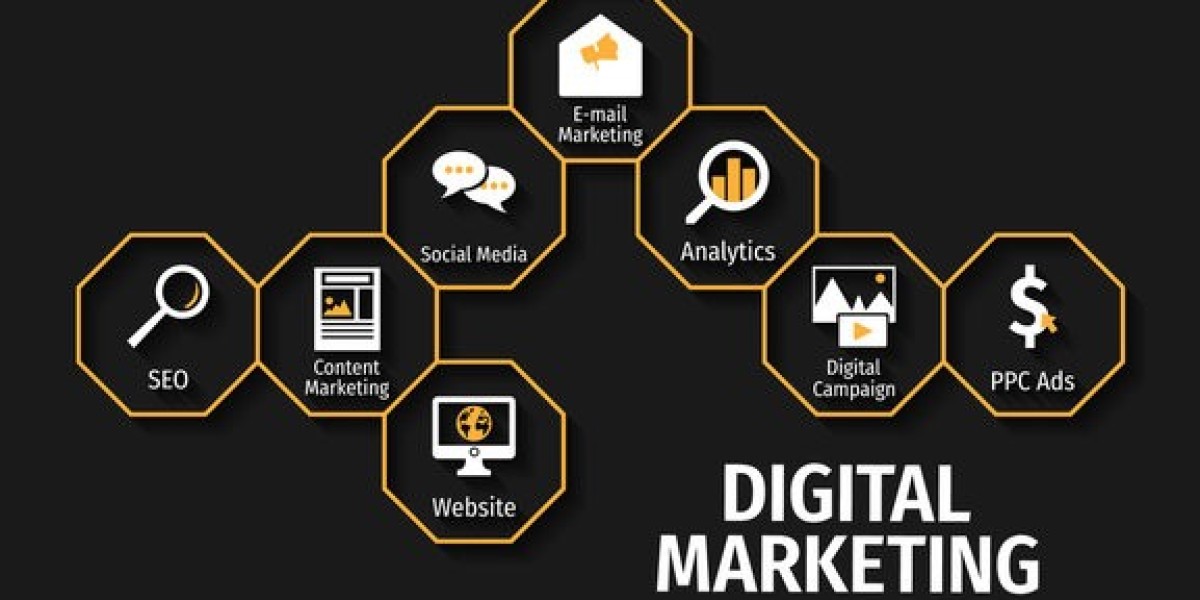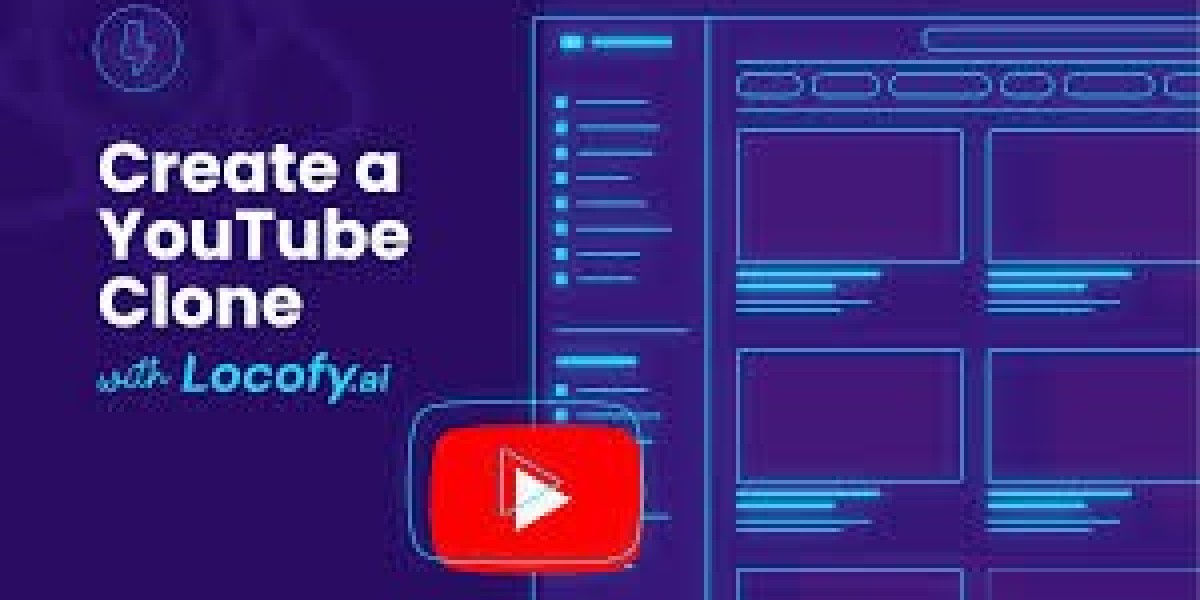8 Proven Strategies to Revamp Your Stale Ecommerce Online Marketing Strategy
This motto, "out with the old, in with the new," couldn't be more appropriate for any other business than eCommerce. Things may always go wrong, whether it's slow-moving inventory or an eCommerce marketing strategy. That's when you should start experimenting with a fresh digital marketing agency. And, believe it or not, the pandemic only fueled shopping trends, with eCommerce sales rising by 34.2 percent in 2020.
So, if you're ready to roll up your sleeves and get to work, here are eight strategies to help you revamp your old eCommerce digital marketing strategy.
Is your eCommerce marketing strategy failing to produce results? Create a tick.
Before you can continue reading, you need to grasp the current state of your eCommerce store's marketing strategy. But how can you tell if it works or not? Here are some of the most common indications to look out for:.
Assess Performance: The first step is to review your data to determine whether your marketing activities are effective. Depending on your marketing objectives, you may want to track and analyze key performance indicators such as conversion rate, average order value, net profit, and cart abandonment rate. If the target numbers for these KPIs plateau, it indicates that your campaigns and marketing efforts are failing.
Understand Your Audience: Many eCommerce businesses fail because they target the incorrect audience. Despite having intended to fish for salmon, they end up capturing minnows. Is your company facing the same issues? In this situation, talking to your clients and understanding their motivations might make all the difference.
Losing Leads: It is not uncommon for eCommerce businesses to lose leads. However, a significant number of 'leads lost' suggests that marketing strategies must be changed. In this case, promotional efforts should educate and excite potential customers.
Does any of this sound familiar? These eight tactics can help you boost your eCommerce marketing.
If your firm is facing any of the challenges stated above, it's time to reconsider your eCommerce web marketing strategy. Here are eight steps you may take to boost sales in your eCommerce store.
Use referral marketing to spread the word
Remember when they said, "Just tell the cobbler my name, and he'll look after you?" Those days are over, but the old method of raising sales has not changed. As the name says, referral marketing relies on existing customers recommending your products to their friends, family, and network. Creating a successful referral marketing strategy helps eCommerce firms get new customers and keep existing ones.
What are the advantages of referral marketing for your e-commerce business?
Precision Targeting: Customers often ask friends and acquaintances for recommendations on products and services. This allows you to reach your target audience faster and with greater precision.
Trust: Did you know that customers suggested by a friend are four times more likely to purchase? When existing consumers recommend a product, they are sharing their positive experiences with the company.
Increased brand recognition: Referral marketing raises brand recognition and can turn visitors into paying customers. According to Sasquatch, 14% of visitors to the referral page will act.
As an example of an eCommerce referral program, Adore Beauty, an Australian online beauty company, provides customers with a $10 credit for recommending the brand to their friends.
The key to success is to offer the right reward and publicize your referral program. Hyphen, an eCommerce sleep solution company, offers a referral program in which existing customers can suggest new customers who may be interested.
Use Instagram marketing to create qualified leads
With 1.16 billion monthly active users, Instagram is an excellent venue for displaying products, seeking feedback, and reaching out to new customers. But how can you turn Instagram marketing into a revenue generator for your eCommerce store? Here is what you should focus on:
Growth hacking entails determining what works best for your brand in addition to sharing (both conversational and promotional) material. Begin by engaging with clients who have similar purchasing preferences through relevant hashtags. After gaining a huge following, you can conduct contests and focus on user-generated content.
Use Facebook advertisements to achieve sales targets
Do you want to enhance conversions and attract highly relevant traffic? Running Facebook ads can help you achieve both of these objectives while encouraging repeat sales. So, which are the greatest Facebook ads to run?
Want to display personalized advertisements to hesitant customers? Use dynamic product advertisements. Dynamic product advertisements allow you to deliver targeted advertising based on user behavior on the website. This enables you to retarget visitors who require a little extra encouragement to make a purchase.
Carousel ads: Carousel ads, which allow the user to scroll through a series of commercials, are a popular option in the eCommerce sector. They let you display multiple products in a single ad and give customers the choice to select the ones they desire. The idea here is to display ads that are relevant to the customer's search.
In such cases, suitable products increase the likelihood of conversion. Carousel advertising is used by the fashion company Modcloth to display its product line.
Campaigns for General Retargeting: Did you know that the average cart abandonment rate is 69.57 percent? To increase conversion, you can use available retargeting display advertising. Here's an example of Ralph Lauren's Facebook ads. The best Facebook ads include gorgeous imagery of people and compelling value offers.
Use memes to liven up your social media marketing
Marketers are well aware that customers prefer to avoid commercials wherever feasible. At this point, one option is to engage hard-to-reach consumers through fun and familiar media. Meme marketing is a low-cost approach used by business owners, marketers, and storytellers to generate attention-grabbing content.
Memes can also be animated GIFs or static graphics that reference a well-known topic, meaning, or phenomenon. On social media, they are typically overlaid with text either above or below the image.
Memes are used by marketers to interact with their customers, develop a community, and promote brand awareness across industries, including eCommerce.
Persuading clients to sign up for subscriptions is becoming increasingly difficult.
Here are some tips to persuade your visitors to upgrade to a paid subscription.
Subscriptions will almost certainly create value for your customers, resulting in a strong return on investment. However, you must demonstrate this to them at each stage before they will commit.
Appeal to reason: Do you sell items such as men's razors and shaving kits that people need to renew or replace on a regular basis? In such cases, you could emphasize the benefits of subscribing.
Is it feasible to watch a single Netflix movie without paying a monthly subscription fee? No, that is right! You may consider creating a section of products that are exclusively available to monthly membership consumers.
Use a gentle nudge to convert wishlists
Your customers may put items on wishlists and then forget about them. As an eCommerce company, it is your obligation to go all out to convert that wishlist into a paid order. Sending reminder emails with a clear call-to-action (CTA) is one way to accomplish this. But what are your other options?
The first step is to encourage visitors to create wishlists. Make it as simple as possible for registered users, and allow new users to create an account with only their email address.
Continual reminder: Whether through emails or pop-ups, you must continuously remind your customers of their wishlist.
Unique discount: To entice potential buyers and encourage them to act, consider offering an exclusive wishlist discount with terms and limits.
As a result, I'll have a valid reason to create a wishlist, and I'll be more likely to purchase something when it goes on sale.
You can send personalized emails based on the buyer's journey by utilizing segmentation and customer data obtained through a CRM such as EngageBay CRM.
Use social proof in emails to boost conversions
Including client testimonials in your emails is one of the most effective eCommerce strategies. Customers who have previously purchased and used the product are more inclined to recommend it to others. Many organizations use testimonials on product or landing sites, but they can also be used in emails.
Here's how BrookLinen, a home-essentials company based in New York, does it: Instead of providing product descriptions, they rely on customer feedback.
Here's how to include social proof in your emails:
Customer testimonies: Select a few testimonials from your website and incorporate them into your email marketing campaign.
In addition to the review and product image, consider giving price information and purchase links.
Customer testimonials can also be used in promotional materials. After all, who better than a consumer to describe your product?
Increase sales by combining free shipping with FOMO.
Offering free delivery on purchases over a particular quantity boosts sales and the average order value (AOV). When free delivery is offered, 93 percent of internet shoppers will spend more money.
You can use FOMO (fear of missing out) to urge potential consumers to spend more and earn free shipping for your eCommerce business.
Here's how ASOS employs this strategy to boost sales: The simplest approach is to remind clients at each stage of the payment process.
Here's how to suggest items that your bottom-of-the-funnel (BOFU) prospects may quickly add to their cart if you want them to spend more.
Remind clients that unless they spend more, they will not be eligible for a free shipment.
Make sure you understand how much you need to pay to get free shipping. "You're only X dirhams away from free shipping," for example.
When creating free shipping promotions, incorporate dynamic recommendations. .
Conclusion
You don't need a complete website makeover to boost revenue and conversions. If you're looking for new ideas for eCommerce marketing success, try these strategies and see what works best for your business.








